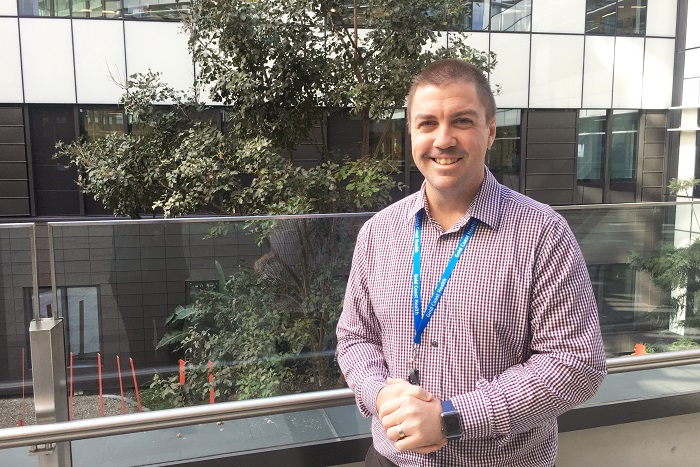They’re sometimes seen as “just a senior nurse working at an advanced level” but in reality, nurse practitioners (NPs) remain one of the most innovative health workforce strategies in Australia and capable of delivering many more benefits for patients and the system.
Chief Nursing and Midwifery Officer for Queensland, Adjunct Professor Shelley Nowlan, said National Nurse Practitioner Week, which started yesterday, was an opportunity to recognise nurse practitioners as incredible healthcare providers and raise awareness of the powerful role they play in delivering healthcare and promoting wellbeing.
The first nurse practitioners (NPs) were formally authorised to practice in Australia in 2000. In Queensland there are now nearly 650 NPs spanning more than 20 specialities in the public sector. Chris Raftery, a Nurse Practitioner from Gold Coast Health and Deputy Chair of the Queensland Clinical Senate has been an NP since 2011 and said the role had come a long way since then.
“When first introduced, the nurse practitioner was originally focused on only providing direct clinical care. While this is a significant role that continues to grow in strength, what’s happened in recent years is recognition of the wider value that the NP also provides around the advanced practice pillars of education, research and leadership. There are many NPs now publishing and contributing to guiding clinical practice, and as a qualified NP I am working in a leadership role, who is not just focused on providing direct clinical care, but to the wider system where NPs can add value” Chris said.
The journey to become a nurse practitioner can typically take around 10 years post registration, with foundation and advanced clinical nursing experience required, as well as post-graduate education. As Chris explains, “You need to have advanced practice experience before you become an NP because you need to have that senior perspective of managing patient conditions and clinical reasoning expertise.”
“What the NP’s true capacity, it merges the high-level expertise of nursing, with some of the decision making authority and function of the wider health team such as ordering, prescribing, diagnosing and referring, enabling the NP to have a greater value for our health system and our communities,” Chris said.
And while the role has been around for more than 20 years, Chris said early career nurses were often not familiar with the position. “They see me in my scrubs and ask, ‘what is that role?’ Being an NP is not on their radar as a career opportunity,” Chris said. He hopes that with greater awareness of the role more RNs will have another career option to work towards, other than the traditional nurse unit manager, educator or CNC-type roles.
“Being an NP has provided me with great satisfaction in being able to look after our communities. It’s a real opportunity for any nurse to not only work at top of scope, but lead healthcare delivery,” he said.
“With the status of health systems globally, there will be more opportunities for NPs to support the system in a more meaningful way. I think if we recognise the role for what it can deliver, the NP could have substantial value in most pockets of the hospitals and health services. Working in partnership with existing medical teams, NPs can dramatically assist to meet the demand of most of our clinical specialties, not just around gaps or vulnerable populations,” Chris said.
As NPs all over the country celebrate, Adjunct. Prof. Shelley Nowlan offered her thanks, “Thank you for your service. You epitomise both the fundamentals of what it is to be a nurse and the advanced abilities we have as a profession.”
